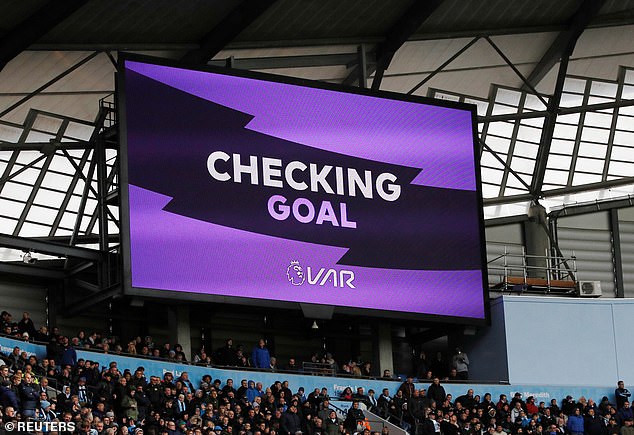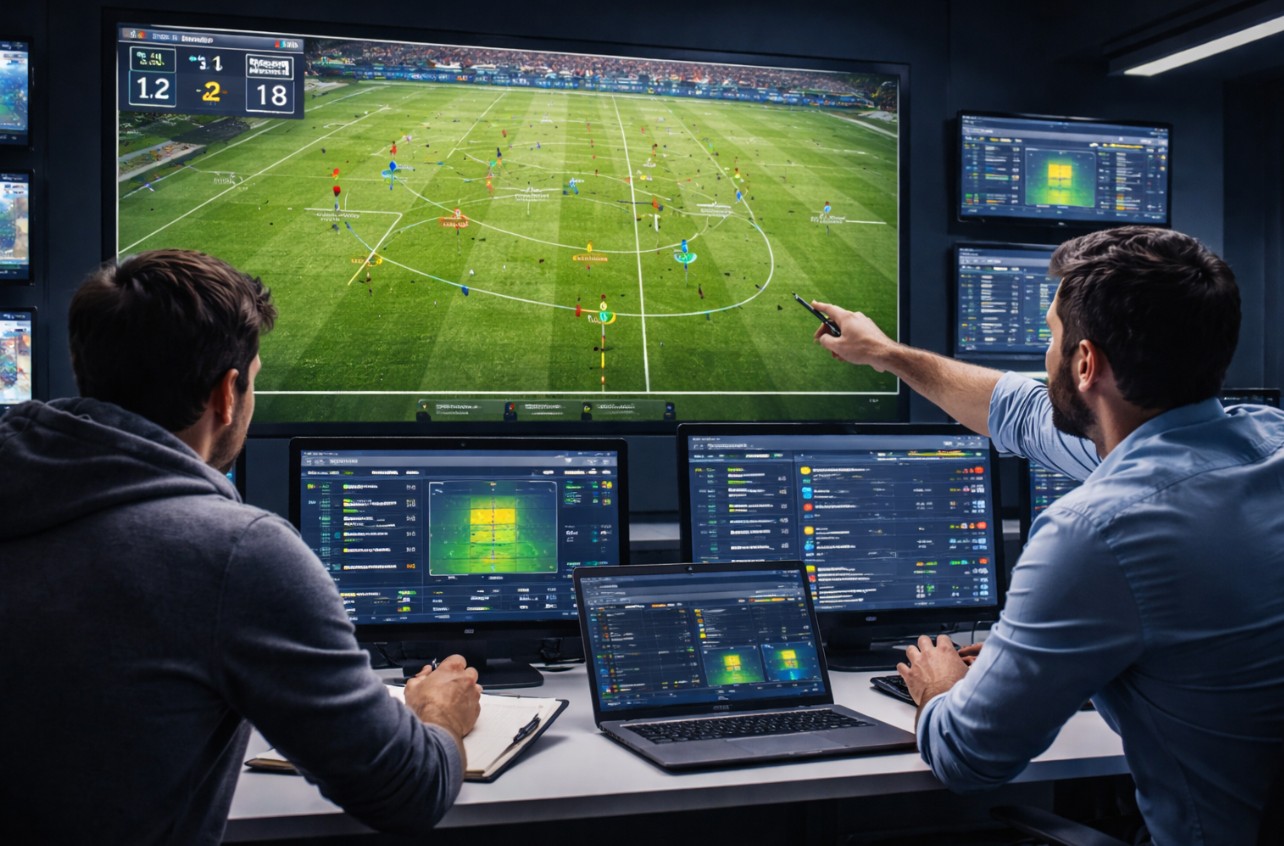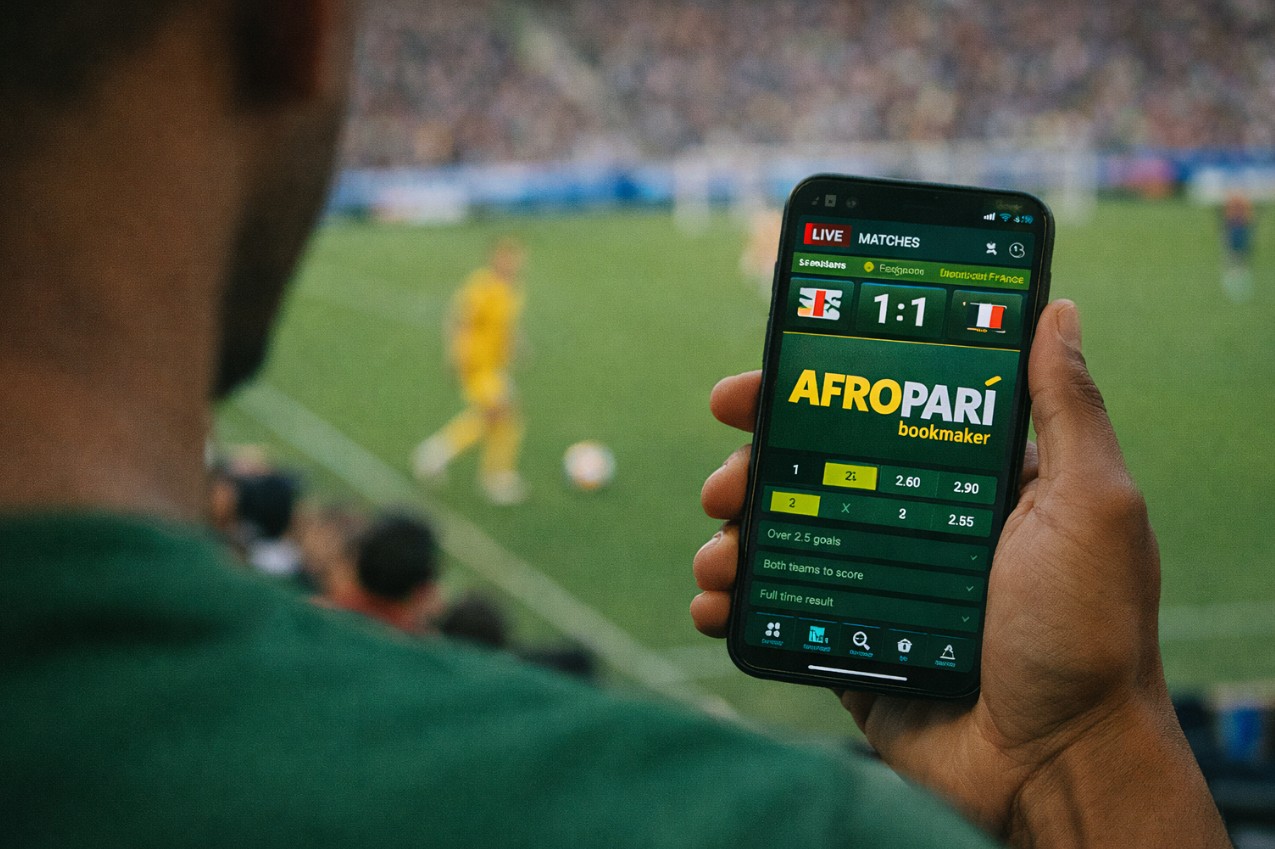Football and Technology: How Innovations Are Changing the Game
Football, often dubbed the beautiful game, has und

Football, often dubbed the beautiful game, has undergone significant transformations over the years. One of the most notable changes in recent times is the integration of technology. From ensuring fair play to enhancing the fan experience, technological advancements have left an indelible mark on the sport. This article delves into the various technologies that have reshaped football, making it more accurate, engaging, and dynamic. For a different type of gaming experience, you might want to check out jetx bet, which offers exciting opportunities and innovations in online betting.
Historical Context
Before the advent of modern technology, football was a game heavily reliant on human judgment and physical prowess. Decisions made on the field were final, often leading to contentious moments that sparked debates among players, coaches, and fans alike. The absence of technological assistance meant that errors were an inevitable part of the game.
The journey towards a technologically enhanced football experience began with small steps. One of the earliest innovations was the introduction of the electronic scoreboard, which provided real-time updates on match progress. However, the real transformation began in the late 20th and early 21st centuries, as digital technology advanced rapidly.
Major Milestones
- Introduction of Goal-Line Technology (2012): Ensured accurate determination of whether the ball had crossed the goal line.
- Implementation of VAR (2018): Revolutionized decision-making by providing video reviews of crucial incidents.
- Wearable Fitness Trackers: Enhanced player performance analysis and injury prevention.
- Enhanced Fan Engagement: Use of augmented reality, virtual reality, and interactive apps to connect fans with the game.
Video Assistant Referee (VAR)
The introduction of the Video Assistant Referee (VAR) system marked a pivotal moment in football history. Designed to assist referees in making accurate decisions, VAR reviews incidents related to goals, penalties, direct red cards, and mistaken identity.
How VAR Works
VAR involves a team of video assistants who review footage from multiple camera angles. When a potentially contentious incident occurs, the on-field referee can consult with the VAR team. The process typically follows these steps:
- Incident Occurs: A potentially reviewable incident takes place on the field.
- VAR Review: The VAR team reviews the incident using multiple camera angles.
- Communication: The VAR team communicates their findings to the on-field referee.
- On-Field Review: The referee may review the footage on a pitch-side monitor before making a final decision.
- Decision: The referee makes the final call based on the VAR team's input and their own review.
Pros and Cons of VAR
| Pros | Cons |
|---|---|
| Reduces errors in critical decisions | Can cause delays in the game |
| Enhances fairness and accuracy | May disrupt the flow of the game |
| Provides clarity in contentious situations | Sometimes controversial decisions despite VAR review |
Key Moments Influenced by VAR
- 2018 FIFA World Cup: VAR played a significant role in ensuring accurate decisions, contributing to a fairer tournament.
- Domestic Leagues: VAR has been instrumental in correcting wrong calls in leagues like the Premier League, La Liga, and Serie A.
- Controversial Decisions: Despite its benefits, VAR has also been at the center of debates regarding its consistency and application.
Goal-Line Technology
Goal-Line Technology (GLT) was one of the first significant technological advancements introduced to ensure the accuracy of critical decisions in football. It addresses one of the most controversial aspects of the game: determining whether the ball has completely crossed the goal line.
How Goal-Line Technology Works
GLT employs a combination of high-speed cameras and magnetic field sensors. Here's a breakdown of how it operates:
- High-Speed Cameras: Multiple cameras are positioned around the goal to capture the ball's exact location.
- Magnetic Field Sensors: Sensors embedded in the goalposts and crossbar detect any disturbance caused by the ball crossing the line.
- Instant Feedback: The system instantly relays a signal to the referee's watch if a goal is detected.
Benefits of Goal-Line Technology
- Accuracy: Eliminates human error in goal decisions.
- Speed: Provides instant feedback, ensuring minimal disruption to the game.
- Fairness: Ensures that legitimate goals are recognized, maintaining the integrity of the competition.
Notable Incidents Resolved by GLT
- 2014 FIFA World Cup: GLT successfully validated France’s goal against Honduras, which was initially unclear.
- Premier League: Numerous contentious goals have been accurately adjudicated, reducing disputes.
Goal-Line Technology has proven to be a vital tool in modern football, offering a clear, unbiased decision-making process that enhances the game's fairness and accuracy.
Wearable Fitness Trackers and Performance Analytics
The use of wearable fitness trackers and performance analytics has revolutionized how footballers train, perform, and recover. These technologies provide detailed insights into players' physical conditions and on-field performance.
Types of Wearable Technology
- GPS Trackers: Monitor players' movements, distance covered, and positioning.
- Heart Rate Monitors: Track heart rate during training and matches to optimize fitness levels.
- Smart Insoles: Measure the force and pressure exerted on the feet.
Benefits of Wearable Technology
- Performance Optimization: Coaches and trainers can tailor training programs based on detailed data.
- Injury Prevention: Identifies early signs of fatigue or overuse, allowing for proactive injury management.
- Recovery Enhancement: Tracks recovery progress and ensures players return to peak condition efficiently.
Impact on Training and Strategy
- Data-Driven Training: Detailed metrics allow for customized training regimens that target specific areas of improvement.
- Strategic Insights: Analyzing players' positioning and movement patterns helps in devising more effective game strategies.
Wearable technology has become indispensable in professional football, providing critical insights that enhance player performance and team success.
Fan Experience and Engagement
Technology has also significantly transformed the way fans engage with football, creating more interactive and immersive experiences.Innovations in Fan Engagement
- 1. Augmented Reality (AR) and Virtual Reality (VR):
- AR: Enhances live match experiences by overlaying digital information on the real world through mobile apps.
- VR: Provides immersive viewing experiences, allowing fans to watch matches from a virtual stadium.
- 2. Interactive Apps:
- Offer live stats, player insights, and interactive features during matches.
- Enable fans to participate in real-time polls, quizzes, and discussions.
- 3. Social Media and Digital Platforms:
- Platforms like Twitter, Instagram, and Facebook have become integral for fan interaction.
- Clubs and players use social media to connect with fans, share behind-the-scenes content, and build community.
Future Trends in Fan Engagement
- Enhanced Streaming Services: Improved quality and accessibility of live streams, offering multiple camera angles and interactive features.
- Personalized Content: Tailoring content to individual preferences, providing a more customized fan experience.
- Smart Stadiums: Incorporating IoT (Internet of Things) technology to create connected stadiums with advanced facilities for fans.
Ethical Considerations and Challenges
As technology continues to embed itself into the fabric of football, several ethical considerations and challenges arise that need to be addressed to ensure the sport maintains its integrity and fairness.
Privacy Concerns
The extensive use of wearable technology and performance analytics involves collecting vast amounts of personal data from players. This raises significant privacy issues:
- Data Security: Ensuring that the data collected is securely stored and protected from unauthorized access.
- Consent and Transparency: Players must be fully informed about what data is being collected and how it will be used.
- Potential Misuse: There is a risk that sensitive information could be exploited, leading to unfair advantages or privacy breaches.
Impact on the Human Element
While technology enhances accuracy and performance, it can also detract from the human aspects of football that many fans cherish:
- Decision-Making: Reliance on technology like VAR and GLT may undermine the traditional role and authority of referees.
- Game Flow: Technological interventions can disrupt the natural flow of the game, causing delays and interruptions.
Balancing Tradition and Innovation
Football is steeped in tradition, and integrating new technologies can sometimes clash with the established norms of the sport:
- Resistance to Change: Fans, players, and officials may resist new technologies that alter the traditional experience of the game.
- Cost and Accessibility: Implementing advanced technologies can be expensive, potentially creating disparities between well-funded clubs and those with fewer resources.
Addressing these ethical considerations requires careful regulation, clear guidelines, and a commitment to maintaining the core values of football while embracing beneficial innovations.
Conclusion
Technology has undeniably transformed football, bringing about significant advancements that enhance the game's accuracy, fairness, and overall experience. From the precision of Goal-Line Technology and the detailed insights provided by wearable fitness trackers to the immersive experiences created for fans, the integration of technology has made football more dynamic and engaging.
However, these advancements also bring ethical challenges and considerations that must be navigated carefully. Ensuring data privacy, preserving the human elements of the game, and balancing tradition with innovation are crucial to maintaining the integrity of football.







